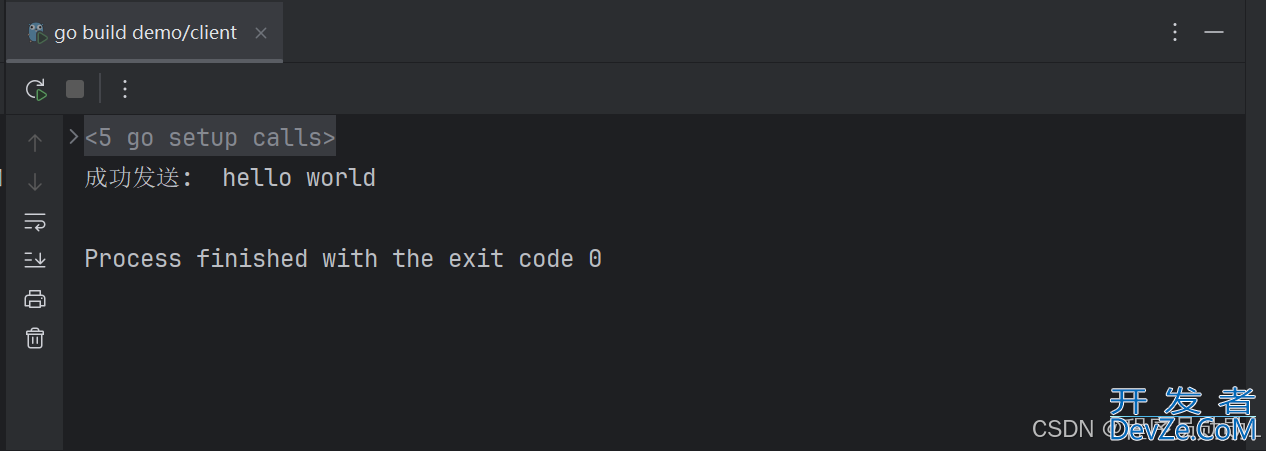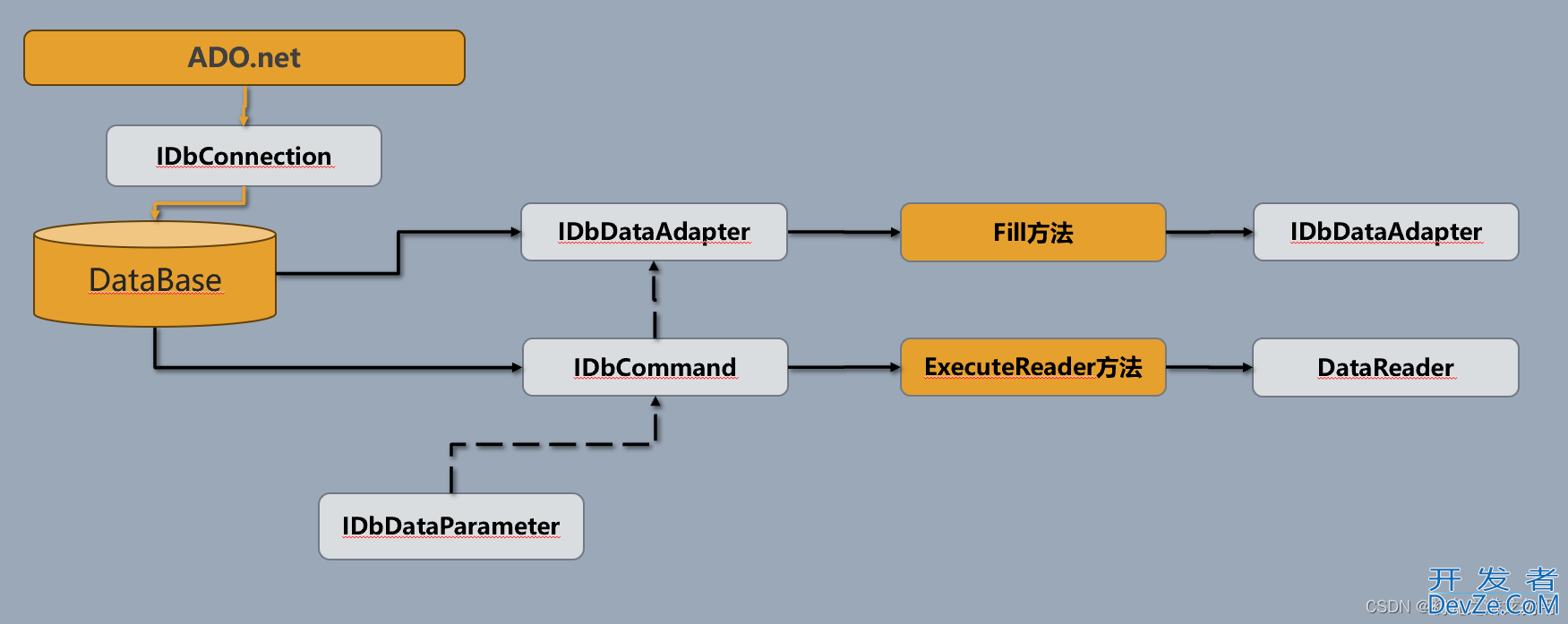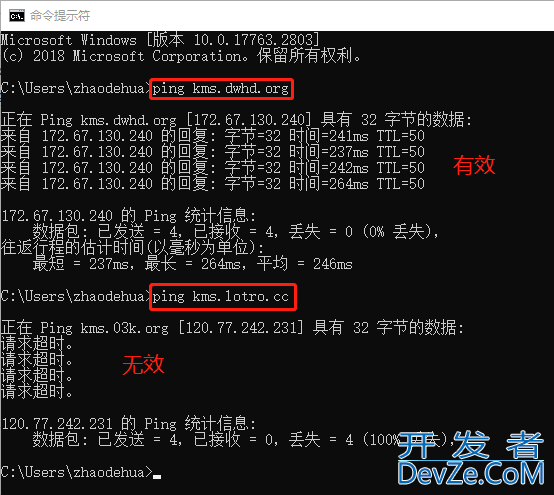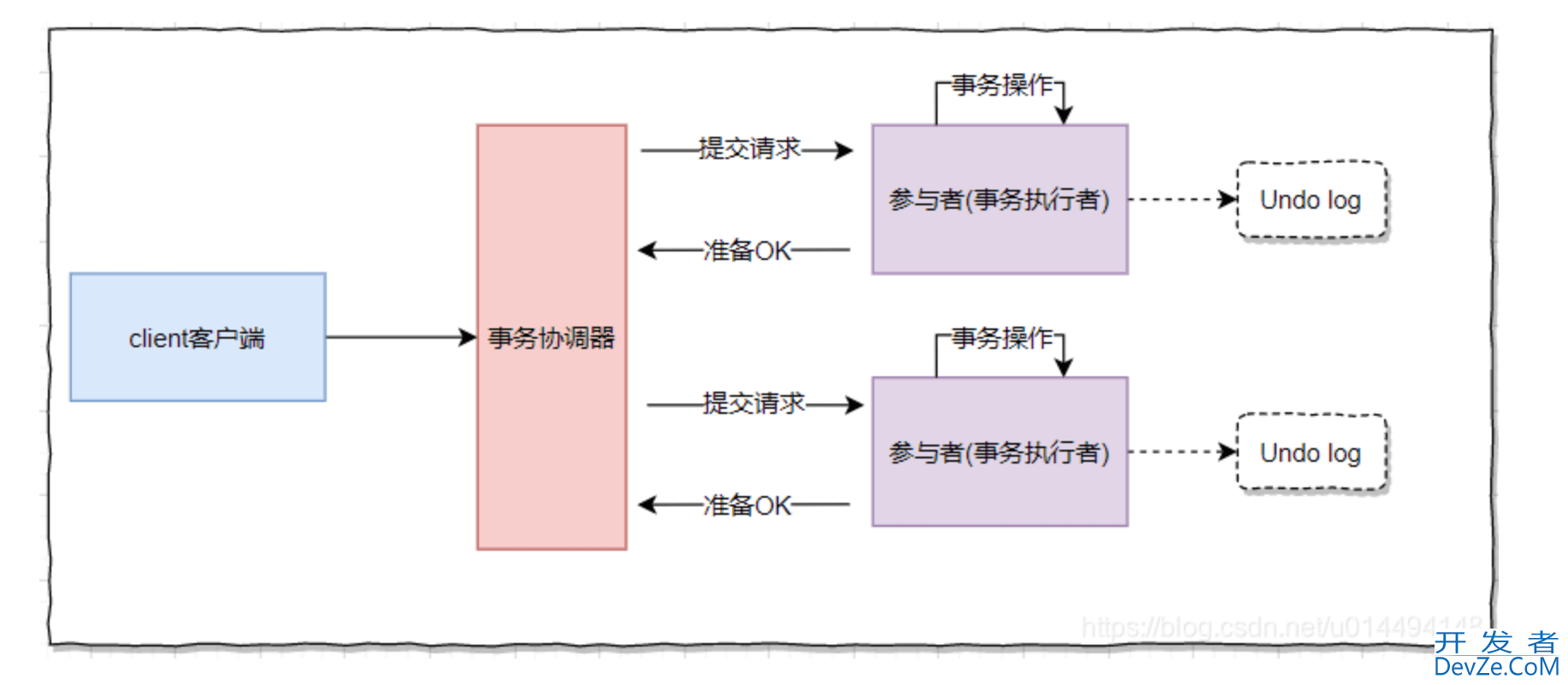目录
- 前言
- 1.波段合并
- 2.波段拆分
- 3.影像裁剪
- 4.批量影像裁剪
前言
在写波段配准相关代码时经常需要用到tif影像的波段合成和分解,虽然可以用ENVI才处理,但是每次都要打开再设置一些参数有些麻烦,所以本着“独立自主、自力更生”的原则就写了些脚本来处理这个需求。又写了个批量裁剪影像的脚本。这里简单总结归纳一下。
1.波段合并
# coding=utf-8
import sys
import cv2
import functions as fun
import os
if __name__ == '__main__':
if sys.argv.__len__() >= 2:
if sys.argv[1] == 'help' or sys.argv[1] == 'HELP':
print("Function description:")
print("Join several bands into one file.")
print("\nUsage instruction:")
print("example.exe [img_dir] [img_type] [out_path]")
print("[img_dir]:The input dir that contains band data.")
print("[img_type]:The file type of band data,tif or png etc.")
print("[out_path]:The filename of joined image.")
print("Please note that these band data should have same height and width.")
print("\nUsage example:")
print("Tool_JoinBands.exe C:\\tif tif C:\\tifout\\joined.tif")
os.system('pause')
else:
img_dir = sys.argv[1]
img_type = sys.argv[2]
out_path = sys.argv[3]
paths, names, files = fun.findAllFiles(img_dir, img_type)
bands_data = []
# 对于tif文件,统一用gdal打开并输出为tif文件
if img_type.endswith('tif') or img_type.endswith('TIF') or img_type.endswith('TIFF') or img_type.endswith(
'tiff'):
for i in range(files.__len__()):
band_data = fun.readTifImage(files[i])
bands_data.extend(band_data)
print("joined " + (i + 1).__str__() + " bands.")
print(bands_data.__len__().__str__() + " bands in total.")
fun.writeTif(bands_data, out_path)
# 对于所有其它类型的文件,如jpg、png等,统一用OpenCV处理
else:
for i in range(files.__len__()):
band_data = cv2.imread(files[i], cv2.IMREAD_GRAYSCALE)
bands_data.append(band_data)
print("Open image success.")
data = cv2.merge((bands_data[0], bands_data[1], bands_data[2]))
cv2.imwrite(out_path, data)
print("Save image success.")
else:
print("Unknown mode, input 'yourExeName.exe help' to get help information.")
这里简单介绍下代码。经过波段配准后,不同波段的影像已经实现了对齐,所以通过读取各波段影像然后利用GDAL叠加即可。
2.波段拆分
# coding=utf-8
import sys
import os
import cv2
import functions as fun
if __name__ == '__main__':
if sys.argv.__len__() >= 2:
if sys.argv[1] == 'help' or sys.argv[1] == 'HELP':
print("Function description:")
print("Separate and save different band data in one image file.")
print("\nUsage instruction:")
print("example.exe [img_path] [out_dir]")
print("[img_path]:The filename of input image.")
print("[output_dir]:The output dir for different band images.")
print("\nUsage example:")
print("Tool_SeparateBands.exe C:\\tif\\input.tif C:\\tifout")
os.system('pause')
else:
img_path = sys.argv[1]
output_dir = sys.argv[2]
# 对于tif文件,统一用gdal打开并输出为tif文件
if img_path.endswith('tif') or img_path.endswith('TIF') or img_path.endswith('TIFF') or img_path.endswith(
'tiff'):
bands_data = fun.readTifImage(img_path)
for i in range(bands_data.__len__()):
fun.writeTif([bands_data[i]], output_dir + os.path.sep + "band_" + i.__str__().zfill(2) + ".tif")
print("saved " + (i + 1).__str__() + "/" + bands_data.__len__().python__str__())
# 对于所有其它类型的文件,如jpg、png等,统一用OpenCV处理
else:
img = cv2.imread(img_path)
print("Open image success.")
band_b, band_g, band_r = cv2.split(img)
cv2.imwrite(output_dir + os.path.sep + "band_b.png", band_b)
cv2.imwrite(output_dir + os.path.sep + "band_g.png", band_g)
cv2.imwrite(output_dir + os.path.sep + "band_r.png", band_r)
print("Save image success.")
else:
print("Unknown mode, input 'yourExeName.exe help' to get help information.")
波段拆分与波段合并相反,直接读取一个多波段的tif影像,然后依次保存各波段数据为单独文件即可。
3.影像裁剪
在之前,要想实现影像裁剪的功能需要借助ENVI等软件,但是ENVI等打开比较慢,还要各种设置,比较麻烦。所以直接写了个脚本来方便地实现功能
# coding=ut编程f-8
import sys
import cv2
import functions as fun
import os
if __name__ == '__main__':
if sys.argv.__len__() >= 2:
if sys.argv[1] == 'help' or sys.argv[1] == 'HELP':
print("Function description:")
print("Select and cut the ROI(region of interest) in a big image file.")
print("\nUsage instruction:")
print("example.exe [img_path] [out_path] [start_x] [start_y] [x_range] [y_range]")
print("[img_path]:The filename of input image.")
print("[out_path]:The filename of output image.")
print("[start_x]:The x coordinate of ROI's left-top point in big image.")
print("[start_y]:The y coordinate of ROI's left-top point in big image.")
pgnsBT print("[x_range]:The range of ROI in x direction(width).")
print("[y_range]:The range of ROI in y direction(height).")
print("\nUsage example:")
print("Tool_ResizeIMG.exe C:\\tif\\input.tif C:\\tifout\\roi.tif 100 200 3000 4000")
os.system('pause开发者_JAVA')
else:
img_path = sys.argv[1]
out_path = sys.argv[2]
start_x = int(sys.argv[3])
start_y = int(sys.argv[4])
x_range = int(sys.argv[5])
y_range = int(sys.argv[6])
# 对于tif文件,统一用gdal打开并输出为tif文件
if img_path.endswith('tif') or img_path.endswith('TIF') or img_path.endswith('TIFF') or img_path.endswith(
'tiff'):
bands_data = fun.readTifImageWithWindow(img_path, start_x, start_y, x_range, y_range)
fun.writeTif(bands_data, out_path)
# 对于所有其它类型的文件,如jpg、png等,统一用OpenCV处理
else:
bands_data = cv2.imread(img_path)
print("Open image success.")
bands_data_roi = bands_data[start_y:start_y + y_range, start_x:start_x + x_range, :]
cv2.imwrite(out_path, bands_data_roi)
print("Save image success.")
else:
print("Unknown mode, input 'yourExeName.exe help' to get help information.")
影像裁剪实现也相对简单,就是通过设置读取影像范围即可实现对指定区域的裁剪。
4.批量影像裁剪
# coding=utf-8
import sys
import cv2
import functions as fun
import os
if __name__ == '__main__':
if sys.argv.__len__() >= 2:
if sys.argv[1] == 'help' or sys.argv[1] == 'HELP':
print("Function description:")
print("Select and cut the ROI(region of interest) in big image files(BATch mode).")
print("\nUsage instruction:")
print("example.exe [img_dir] [img_type] [output_dir] [start_x] [start_y] [x_range] [y_range]")
print("[img_dir]:The input dir that contains band data.")
print("[img_type]:The file type of band data,tif or png etc.")
print("[output_dir]:javascriptThe output dir for ROI images.")
print("[start_x]:The x coordinate of ROI's left-top point in big image.")
print("[start_y]:The y coordinate of ROI's left-top point in big image.")
print("[x_range]:The range of ROI in x direction(width).")
print("[y_rapgnsBTnge]:The range of ROI in y direction(height).")
print("\nUsage example:")
print("Tool_ResizeIMG_Batch.exe C:\\tif tif C:\\tifout 100 200 3000 4000")
os.system('pause')
else:
img_dir = sys.argv[1]
img_type = sys.argv[2]
out_dir = sys.argv[3]
start_x = int(sys.argv[4])
start_y = int(sys.argv[5])
x_range = int(sys.argv[6])
y_range = int(sys.argv[7])
paths, names, files = fun.findAllFiles(img_dir, img_type)
# 对于tif文件,统一用gdal打开并输出为tif文件
if img_type.endswith('tif') or img_type.endswith('TIF') or img_type.endswith('TIFF') or img_type.endswith(
'tiff'):
for i in range(files.__len__()):
bands_data = fun.readTifImageWithWindow(files[i], start_x, start_y, x_range, y_range)
fun.writeTif(bands_data, out_dir + os.path.sep + names[i][:names[i].rfind('.')] + "_cut.tif")
print("cutting " + (i + 1).__str__() + "/" + files.__len__().__str__())
print('cut finished.')
# 对于所有其它类型的文件,如jpg、png等,统一用OpenCV处理
else:
for i in range(files.__len__()):
bands_data = cv2.imread(files[i])
bands_data_roi = bands_data[start_y:start_y + y_range, start_x:start_x + x_range, :]
cv2.imwrite(out_dir + os.path.sep + "band_" + (i + 1).__str__().zfill(2) + ".jpg", bands_data_roi)
print("cutting " + (i + 1).__str__() + "/" + files.__len__())
print('cut finished.')
else:
print("Unknown mode, input 'yourExeName.exe help' to get help information.")
相比于单张影像裁剪,批量裁剪就是多加了个循环,实现了批量操作,也比较简单。
到此这篇关于python高光谱遥感影像处理问题详细分析讲解的文章就介绍到这了,更多相关Python高光谱遥感影像处理内容请搜索我们以前的文章或继续浏览下面的相关文章希望大家以后多多支持我们!









 加载中,请稍侯......
加载中,请稍侯......
精彩评论